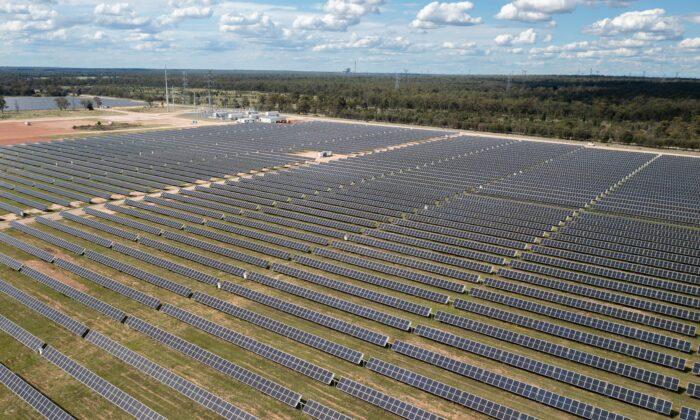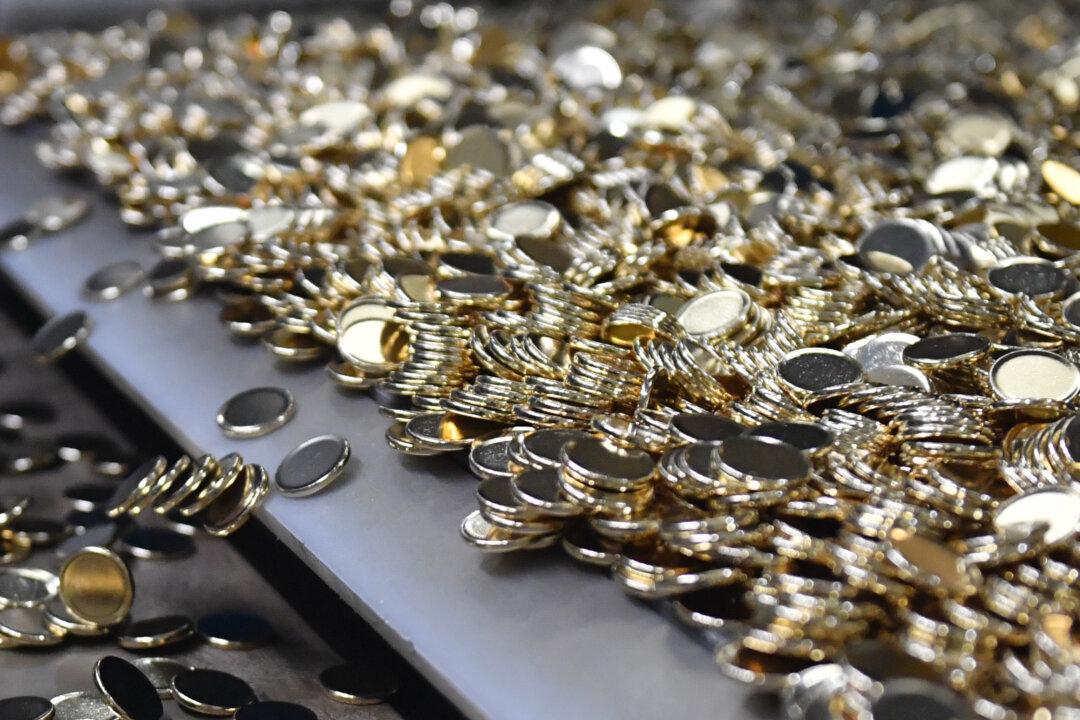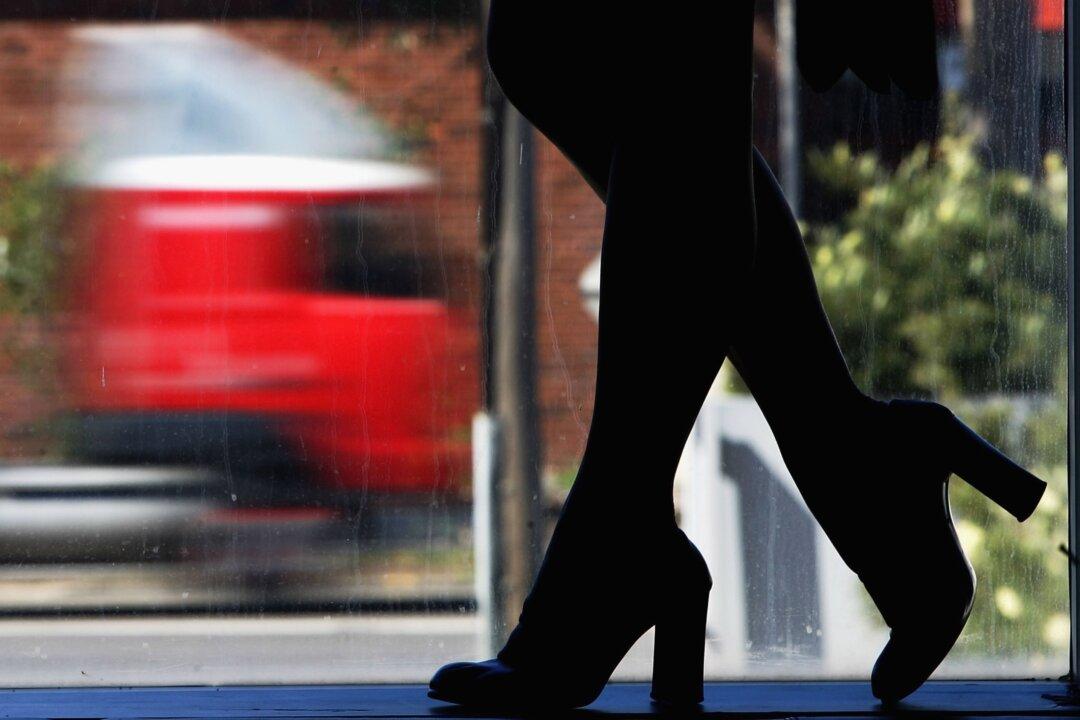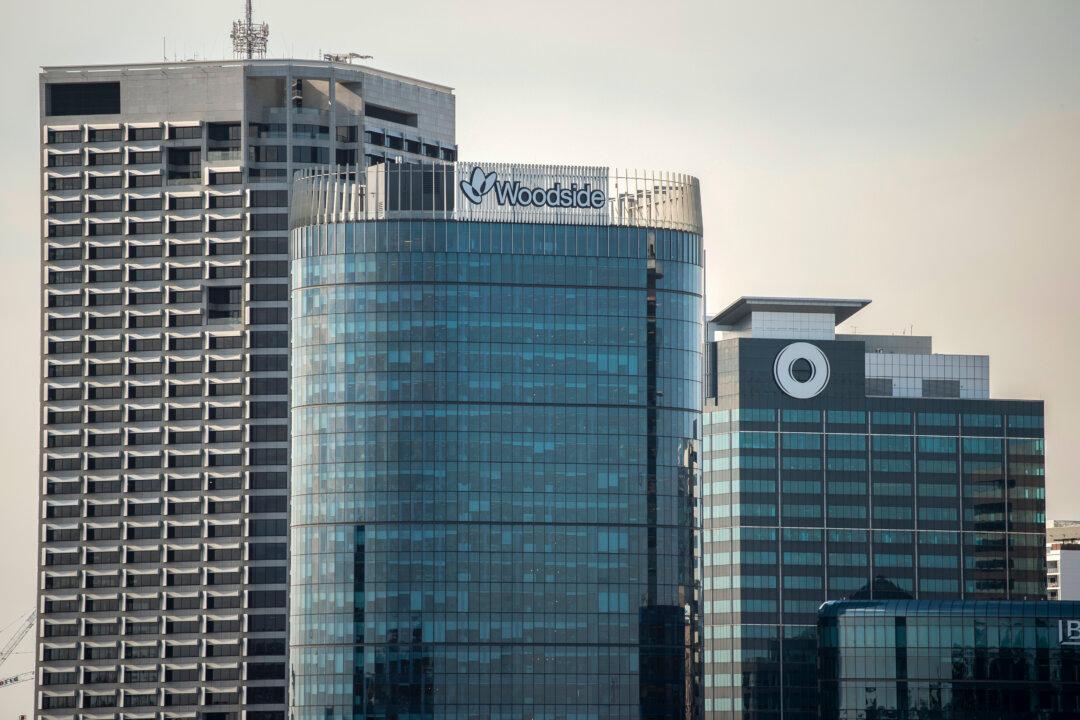A huge solar farm in Queensland, which boasts over one million solar panels, is in the final steps of preparation before coming online.
While the last solar panels have been installed, the 400-megawatt solar farm owned by French renewable energy producer Neoeon needs to go through final tests and commissioning before fully connecting to the state’s power grid.
According to the Queensland government, the project can supply electricity to around 235,000 homes in the state and generate $800 million (US$537 million) for Queensland’s regional economies.
CleanCo, an electricity generation and trading company owned by the Queensland government, will purchase 80 percent of the electricity produced by the project.
The state government said the project had already exported over 350 megawatts of electricity despite not fully commencing operation.
Response from Queensland Government
The Queensland premier said her government was committed to providing households in the state with renewable energy.“We’re going to be seeing more and more of these solar farms and wind farms right across Queensland because that’s what we need to transition to our renewable energy future,” Palaszczuk said.
Deputy Premier Steven Miles said the project would deliver more jobs and more clean, green power generation for Queensland.
Meanwhile, CleanCo CEO Tom Metcalfe said the Western Downs Green Power Hub would supply renewable energy to some of the company’s biggest customers, including Coles and BHP.
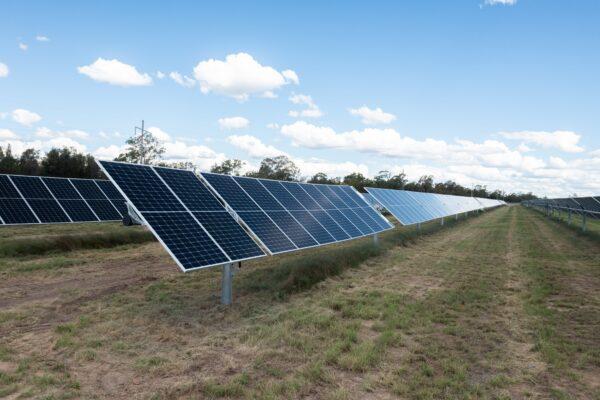
Neoen’s solar farm is one of many projects approved by the Queensland government to reduce the reliance of the state’s grid on coal- and gas-fired power stations.
It said the transmission line would connect renewable wind and solar resources with critical minerals mining and processing facilities in the state.
The Negative Environmental Impacts of Solar Panels
While the completion of Australia’s largest solar farm would provide more “green” energy to the power grid, there is also a dark side to the use of over a million solar panels.One major issue is the panels degrade faster than first thought and would often end up in landfill due to the high cost of recycling.
Environmental policy expert Michael Shellenberger previously told NTD–The Epoch Times’ sister media—that solar panels degraded about one percent a year, which prompted people to upgrade them more quickly.
In addition, Shellenberger said that solar panels contain heavy metals, like lead, which could be released as a toxic cloud if the panels were destroyed during disposal.
“It’s hazardous waste,” he said. “Airelized lead is not something that we’ve allowed people to be exposed to for over half a century because we know it causes brain damage,” he said.
“So it’s as dangerous as lead paint; it’s as dangerous as all of the lead-based materials that society has basically phased out until now.”
Shellenberger also noted that the advocacy for solar panels was driven by ideological leanings rather than sound science.
“It’s a spiritual pursuit,” he added. “There’s the idea that … we'll protect the natural environment by being dependent on natural energy flows like sunlight. It’s not a scientific view. It actually is worse for the environment.”
